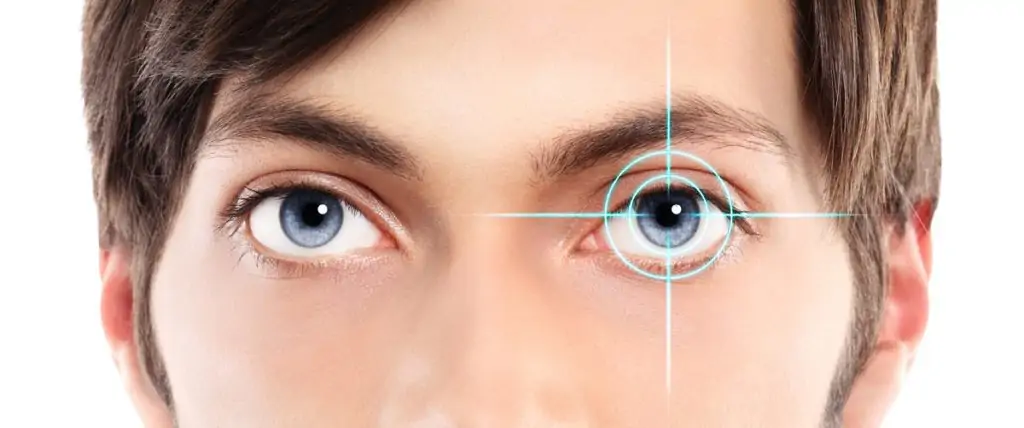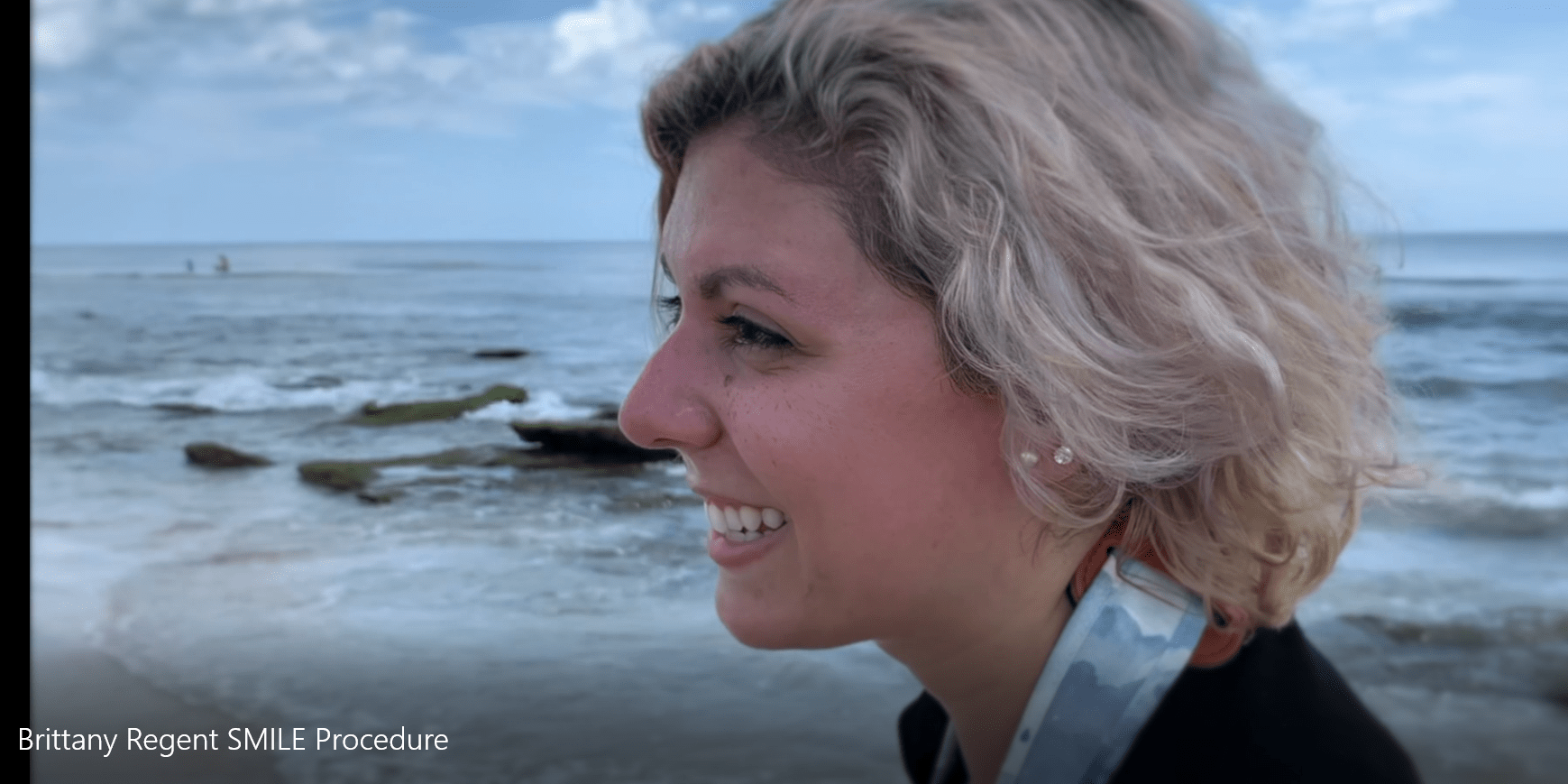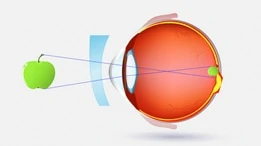SMILE Procedure Expands Laser Vision Correction Options

For those looking into their vision correction options, there is another laser eye procedure to consider. Approved by the U.S. Food and Drug Administration in September 2016, small incision lenticule extraction – better known by its acronym SMILE – offers patients a treatment option they may be better suited for than other laser vision correction procedures. The FDA has approved the use of the SMILE procedure to treat patients with nearsightedness and astigmatism.
SMILE has been available outside the United States for more than 10 years, and 8 million procedures have been performed worldwide. To date, more than 400 clinical studies have been conducted to determine it is a safe and effective vision correction option for those who are good candidates.
What is SMILE?
SMILE is a laser vision correction procedure approved for patients 22 years of age and older who are nearsighted and/or have astigmatism. It is performed using advanced laser vision correction technology, the femtosecond laser. This extremely precise and versatile laser cuts a thin disc of tissue – similar to the shape of a contact lens – from within the layers of the cornea, leaving most of the eye’s surface undisturbed. The disc of tissue, known as a lenticule, is removed through a small opening in the surface of the eye, also created by the laser, to change the overall shape of the cornea to improve vision.
Because the incision in the surface of the eye is small – less than 6 mm – the SMILE laser eye surgery procedure is considered minimally invasive. A clinical study into the safety and efficacy of the procedure showed that of 328 participants:
- Six months after surgery, 99 percent of participants achieved 20/40 or better vision.
- 88 percent of participants achieved 20/20 or better vision at the 6-month post op visit
Who can have SMILE Laser Eye Surgery?
Not all vision correction patients are candidates for SMILE. As of October 2018, nearsighted patients with:
- Stable prescriptions, unchanged for more than a year
- Prescriptions between -1.00D to -8.00D with or without astigmatism are eligible
What is Nearsightedness?
Nearsightedness, or myopia, is a common vision condition. Those who are nearsighted can generally see close objects clearly but have difficulty seeing objects farther away. Nearsightedness occurs when light is focused in front of, instead of directly on, the retina. Several factors contribute to nearsightedness including the shape of the cornea or the length of the eyeball.
What is Astigmatism?
Astigmatism is a very common condition that affects the crispness and clarity of your vision. It is caused by an irregular curvature of either the cornea or lens – the two structures of the eye that focus light.
SMILE offers surgeons and patients another laser vision correction option to consider in personalizing a recommendation. The best way to find out what laser vision correction procedure, if any, is appropriate for your eyes, vision and lifestyle is to have a thorough evaluation with a highly qualified surgeon to discuss your needs to make an informed recommendation.




